

- RFQ
- BOM
-
Contact Us
Tel: +86-0755-83501315
Email: sales@sic-components.com
- Chinese
- English
- French
- German
- Portuguese
- Spanish
- Russian
- Japanese
- Korean
- Arabic
- Irish
- Greek
- Turkish
- Italian
- Danish
- Romanian
- Indonesian
- Czech
- Afrikaans
- Swedish
- Polish
- Basque
- Catalan
- Esperanto
- Hindi
- Lao
- Albanian
- Amharic
- Armenian
- Azerbaijani
- Belarusian
- Bengali
- Bosnian
- Bulgarian
- Cebuano
- Chichewa
- Corsican
- Croatian
- Dutch
- Estonian
- Filipino
- Finnish
- Frisian
- Galician
- Georgian
- Gujarati
- Haitian
- Hausa
- Hawaiian
- Hebrew
- Hmong
- Hungarian
- Icelandic
- Igbo
- Javanese
- Kannada
- Kazakh
- Khmer
- Kurdish
- Kyrgyz
- Latin
- Latvian
- Lithuanian
- Luxembou..
- Macedonian
- Malagasy
- Malay
- Malayalam
- Maltese
- Maori
- Marathi
- Mongolian
- Burmese
- Nepali
- Norwegian
- Pashto
- Persian
- Punjabi
- Serbian
- Sesotho
- Sinhala
- Slovak
- Slovenian
- Somali
- Samoan
- Scots Gaelic
- Shona
- Sindhi
- Sundanese
- Swahili
- Tajik
- Tamil
- Telugu
- Thai
- Ukrainian
- Urdu
- Uzbek
- Vietnamese
- Welsh
- Xhosa
- Yiddish
- Yoruba
- Zulu
- Kinyarwanda
- Tatar
- Oriya
- Turkmen
- Uyghur
Different Types of Aerospace Electronic Components
In the dynamic and cutting - edge high - tech aerospace field, electronic components are like unsung heroes behind the scenes, silently supporting the functional operation, safety assurance, and innovative development of every aircraft, spacecraft, and satellite. Their importance cannot be overemphasized. After all, they are the foundation for ensuring the smooth and seamless operation of complex aerospace systems.
The Core Support of the Aerospace Industry
The aerospace industry has an extremely wide coverage, ranging from commercial airliners that carry global passengers through the sky to interplanetary probes that explore the far reaches of the solar system, all belonging to this vast industrial system. In such diverse and complex application scenarios, electronic components play a crucial role. From controlling the precise flight trajectory of an aircraft to enabling a distant satellite to stably transmit high - resolution images back to Earth, the reliable operation of electronic components lies behind every task. The reliability and performance of these components are the lifeline of the aerospace field. Any minor failure may lead to catastrophic consequences, concerning flight safety and mission success or failure.
The Distinct Characteristics of Aerospace Electronic Components
Extreme Environment Adaptability
Aerospace electronic components must be carefully designed and rigorously manufactured to withstand the harshest environmental conditions. In the upper atmosphere, they need to endure drastic temperature changes from extreme cold to intense heat generated by severe air friction; high - altitude radiation also constantly threatens the stability of electronic circuits. After entering space, components also face multiple challenges such as a vacuum environment, cosmic rays, and micrometeoroid impacts. For example, the electronic components in a satellite communication system must function stably and perfectly even when subjected to strong radiation and operating in a vacuum environment to ensure the smooth communication link.
High - Precision Engineering Requirements
In the aerospace field, precision is the key factor that determines everything. Components such as sensors must achieve extremely high accuracy when measuring physical parameters such as temperature, pressure, and acceleration. Because even the slightest deviation in sensor readings is likely to cause the flight control system to make wrong decisions, endangering flight safety. Microprocessors used in aerospace need to have high - speed computing capabilities and extremely low error rates to efficiently process complex algorithms and massive amounts of data involved in navigation, communication, and system monitoring.
Diverse Categories of Aerospace Electronic Components
Power - related Components
Power Supplies
Power supplies in the aerospace field are responsible for power conversion and precise regulation. On an aircraft, the main power supply system needs to convert the electrical energy output by the engine or battery into a stable voltage suitable for different on - board systems. For spacecraft, power supplies also need to manage the energy collected by solar panels to ensure that the spacecraft always has a stable and reliable power source during complex orbital operations or interplanetary voyages. These power supplies must have extremely high conversion efficiency to minimize energy loss, as every bit of electrical energy is precious in aerospace applications.
Batteries
Batteries in aerospace systems can either serve as backup power sources to provide emergency power support for critical systems or act as the main power source for some subsystems. Lithium - ion batteries are widely used in the aerospace field due to their high energy density. For example, when a satellite enters the Earth's shadow area where solar panels cannot work, the battery will release the stored energy to maintain the normal operation of various satellite systems. At the same time, aerospace - used batteries must have a long service life and be able to operate stably within a large temperature range to ensure continuous and stable power supply.
Sensing and Monitoring Components
Sensors
Sensors are like the sharp eyes and ears of aerospace systems, undertaking crucial sensing tasks. Temperature sensors constantly monitor the temperature of engines, avionics equipment, and other key components to prevent overheating failures. Pressure sensors are used to measure air pressure to determine the altitude of the aircraft and also monitor the pressure of fuel and hydraulic systems. Inertial sensors, such as accelerometers and gyroscopes, provide key data support for flight control by accurately providing information such as the acceleration, flight direction, and angular velocity of the aircraft, playing an indispensable role in ensuring flight safety and precise control.
Actuators
Actuators are responsible for converting electrical or hydraulic signals into precise mechanical movements. In an aircraft flight control system, actuators drive control surfaces such as ailerons, rudders, and elevators to achieve precise adjustment of the aircraft's flight attitude. On a spacecraft, actuators are used to deploy solar panels, antennas, and other structural components to ensure that the spacecraft successfully completes various tasks in a space environment. Actuators must have a high degree of reliability and precise operation capabilities to ensure the accuracy and stability of system control.
Communication and Data Processing Components
Communication Modules
Communication modules are the core components for achieving seamless communication between aerospace vehicles and ground control stations, as well as between different parts of the spacecraft itself. On an aircraft, communication modules are widely used in air traffic control communication, in - flight entertainment system data transmission, and feedback of aircraft status data to maintenance personnel. In a satellite system, communication modules play a decisive role in accurately transmitting the scientific data, images, and telemetry information collected by the satellite back to Earth. These communication modules must be able to operate stably in a complex electromagnetic interference environment to achieve high - speed and error - free data transmission.
Processors and Storage Devices
Processors in the aerospace field shoulder the arduous task of processing complex algorithms such as navigation, flight control, and data analysis. They must have a high degree of reliability and high - speed computing performance to cope with various complex task requirements. Storage devices are used to store key data such as flight plans, sensor real - time readings, and various software programs. In the on - board computer of a spacecraft, a large - capacity and high - speed memory is required to store and process the massive amounts of data collected during long - term missions.
Human - Machine Interaction (HMI) Components
HMI components build an interaction bridge between humans and aerospace equipment. Among them, the display screen, as a key component, visually presents various important information such as flight parameters and system status to pilots or operators. The design of the operation interface fully considers the ease of use and reliability in extreme environments, ensuring that operators can accurately and conveniently input commands to effectively control the equipment and improve human - machine cooperation efficiency.
Connection and Protection Components
High - Reliability Connectors
High - reliability connectors in aerospace equipment are responsible for connecting different electrical components to ensure stable and reliable electrical connections under harsh environments such as vibration, impact, and extreme temperatures, and to guarantee the continuity of data transmission and power supply. Whether in the avionics system of an aircraft or the complex circuit network of a spacecraft, high - reliability connectors are an indispensable key link and play a crucial supporting role in the stable operation of the system.
Switches
Switches in the aerospace system are used to control the on - off of circuits. From the manual operation switches in the cockpit to the electronic switches in the automated system, their reliability and accuracy directly affect the normal operation of the system. Different types of switches, such as push - button switches and toggle switches, are reasonably configured in various systems according to specific functions and application scenarios to achieve flexible and accurate control of the circuit.
Relays
Relays, as electrical control devices, are commonly used in the aerospace field to achieve functions such as automatic control of circuits, signal conversion, and electrical isolation. When the input signal meets specific conditions, the relay can quickly and automatically switch the circuit state to achieve fine - control of complex systems. In occasions where signal amplification or circuit protection is required, relays play an irreplaceable important role.
Circuit Breakers
Circuit breakers are key protection components in aerospace electrical systems and are used to quickly and automatically cut off the circuit in case of faults such as overload and short - circuit in the circuit to protect electrical equipment and personnel safety. In the power systems of aircraft and spacecraft, the fast - response and reliable action capabilities of circuit breakers can effectively prevent the occurrence of electrical accidents and provide a solid guarantee for the stable operation of the system. For example, during the flight of an aircraft, if an abnormal large current occurs in a certain circuit, the circuit breaker can cut off the circuit in an extremely short time to avoid overheating and fire of the wires and ensure flight safety.
Fuses
Fuses, also as over - current protection components, have similar functions to circuit breakers. When the current in the circuit exceeds the rated current of the fuse, the fuse will blow and cut off the circuit to avoid damage to electrical equipment due to overload. In the aerospace field, fuses are usually applied to circuits with high requirements for protection accuracy to ensure circuit safety in a simple and effective way.
Basic Circuit Components
Capacitors
Capacitors have multiple important functions such as filtering, coupling, and energy storage in aerospace circuits. In power circuits, capacitors can filter out high - frequency interference in the power supply and output a stable DC voltage. In signal processing circuits, capacitors are used to couple signals to achieve signal transmission and isolation between different circuits, ensuring the stable transmission and processing of signals.
Inductors
Inductors in aerospace circuits are mainly used to impede the rapid change of current and have functions such as filtering, oscillation, and energy storage. In power circuits, inductors and capacitors cooperate to form a filtering circuit to further improve the stability of the power supply. In oscillation circuits, inductors are key components for generating specific - frequency oscillation signals, providing the necessary conditions for the normal operation of related circuits.
Resistors
Resistors in aerospace circuits are mainly used to regulate current and voltage, achieving functions such as voltage division and current limiting. By reasonably selecting the resistance value of resistors, the current and voltage in the circuit can be accurately controlled to meet the strict requirements of different circuits for electrical parameters and ensure the stable operation and precise control of the circuit.
Transformers
Transformers in the aerospace field are mainly used to achieve voltage transformation and electrical isolation. In circuits that require different voltage levels, transformers can convert the input voltage into an appropriate output voltage and at the same time play an electrical isolation role, enhancing the safety and reliability of the circuit and effectively protecting the subsequent circuits and equipment from factors such as voltage fluctuations.
Other Key Components
Inertial Navigation Systems
Inertial navigation systems are important navigation equipment in the aerospace field. They calculate the position, speed, and attitude information of the aircraft by measuring the acceleration and angular velocity of the aircraft using the principles of Newtonian mechanics. This system does not rely on external signals, has the advantages of strong autonomy and good concealment, and can still provide reliable navigation data for the aircraft in complex electromagnetic environments or when signals are blocked. It is one of the core equipment for ensuring flight safety and accurate navigation.
Radar
Radar is widely used in the aerospace field and can be used for tasks such as target detection, tracking, and terrain mapping. Aircraft use radar to detect obstacles, other aircraft, and weather conditions ahead to provide early warnings for flight safety. Radar on spacecraft can be used to detect the terrain of planetary surfaces and identify space debris. Radar can achieve accurate detection and positioning of targets at long distances by transmitting and receiving electromagnetic waves and is an indispensable sensing and detection means in aerospace systems.
Solid - State Relays (SSR)
In the ever - changing field of aerospace and defense technology, reliable and efficient control systems are of great significance, and solid - state relays are key components. It replaces traditional electromechanical relays with semiconductor devices and uses electronic components instead of mechanical parts when performing switch operations. This characteristic endows solid - state relays with many advantages, such as faster switching speed, which can respond to control signals more quickly; longer service life, reducing failures caused by mechanical wear; lower maintenance requirements, reducing equipment maintenance costs; and stronger shock and vibration resistance. In aerospace systems, the failure of any single component may lead to serious consequences. Solid - state relays remove the moving parts in electromechanical relays, greatly reducing the wear risk and significantly improving the reliability of the system. Its fast - switching ability also ensures that each subsystem can be controlled in a timely and accurate manner. In the space - limited aerospace application scenarios, the small size and light weight characteristics of solid - state relays help to reduce the overall space occupied by the control system and optimize space utilization. In addition, compared with mechanical relays, solid - state relays generate less electromagnetic interference (EMI) and are more suitable for the environment of precision electronic equipment sensitive to electromagnetic interference.
Linear Variable Differential Transformers (LVDT)
LVDTs are mainly used in the aerospace field to detect the position of mechanical devices in the flight control drive system. On an aircraft with multiple flaps or slats, it is crucial to ensure that all panels and surfaces work together. The position data obtained through LVDTs can guide the flight control drive system to ensure that the input commands of the pilot to the control devices (these control devices may also use LVDTs internally) are correctly executed. LVDTs can also be used to detect the position of engine connecting rods and valve states. It can sense the movement and current position of engine connecting rods and various aerospace valves and provide this information to the instruments in the cockpit or the flight control system to visually display the movement state to the pilot. For example, the state of the nose landing gear can be judged using LVDT. Thanks to the industry - leading winding technology and the selection of high - strength materials, LVDTs, like engine components and valves, have a longer mean time between failures (MTBF). By detecting the movement and current position of the control stick, LVDT transmits the main flight control input information to the flight control computer, which in turn acts on the control surface. Its high - quality process and materials provide higher reliability and durability and can provide accurate positioning for the pilot's control system with infinite - resolution linear position.
Transponders
Transponders were originally applied in the military field to help the military identify friendly aircraft. When a military radar system scans an aircraft, the transponder will send a coded signal, and this process is called "Identification Friend or Foe (IFF)". Today, transponders are widely used in both civil and military flights. In practical applications, if an aircraft is intercepted by law enforcement agencies, the signal sent by the transponder can assist law enforcement officers in confirming the identity of the aircraft. Through the transponder, the aircraft can communicate its position in space to the air traffic control (ATC) department, and in most cases, can also provide altitude information. This device can uniquely identify an aircraft and assist the air traffic control department in effectively distinguishing different aircraft to ensure aviation safety. In addition to the conventional functions of target detection, identification, and positioning, transponders can also be applied in various technologies such as satellites for relaying communication signals.
RF Chips
RF chips play a key role in systems such as communication and radar, being responsible for the transmission, reception, and processing of RF signals. In aerospace communication systems, RF chips ensure the efficient conversion and transmission of signals between different frequency bands to achieve high - speed and stable communication connections. In radar systems, RF chips control parameters such as the transmission power and frequency of radar signals, improving the detection performance and accuracy of the radar. They are the core technical support for achieving efficient communication and precise detection.
The Future Development Trends of Aerospace Electronic Components
Miniaturization and Integration
Miniaturization and integration will be important development trends for aerospace electronic components in the future. Smaller - sized components can not only effectively save internal equipment space but also significantly reduce equipment weight, which is of great significance for improving the performance and efficiency of aircraft and spacecraft. In the future, aerospace electronic components are expected to integrate multiple functions into a single chip, reducing the number of components and connection points, thereby further improving the reliability and stability of the system and reducing system complexity and failure risks.
Innovation in Advanced Materials and Manufacturing Technologies
The research and development and application of advanced materials will play a key role in improving the performance of aerospace electronic components. Currently, researchers are actively exploring new materials with better thermal conductivity, stronger radiation resistance, and more excellent electrical properties. At the same time, additive manufacturing (i.e., 3D printing) technology is gradually emerging as a manufacturing method with great potential. It can create complex component geometries, reduce material waste, and is likely to significantly shorten the production cycle, bringing a revolutionary change to the manufacturing process of aerospace electronic components and promoting the rapid development of the industry.
In conclusion, the field of aerospace electronic components is a complex field full of challenges and continuous innovation and development. The continuous innovation and technological breakthroughs of these components play a decisive role in promoting the progress of the aerospace industry, laying a solid foundation for achieving safer, more efficient, and more exploratory space exploration and aviation undertakings, and helping humanity to continuously expand the boundaries of the aerospace field.
https://www.sic-components.com/category-all

Hot Products
View MoreRelated Blogs

2000+
Daily average RFQ Volume

30,000,000
Standard Product Unit

2800+
Worldwide Manufacturers

15,000 m2
In-stock Warehouse



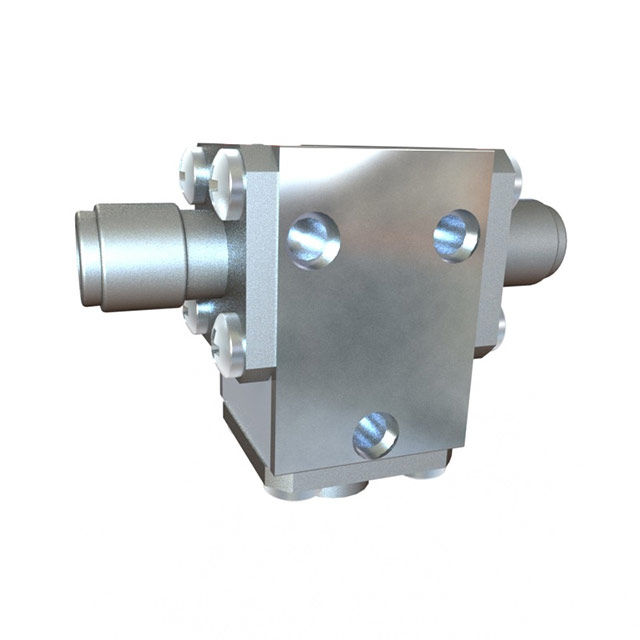
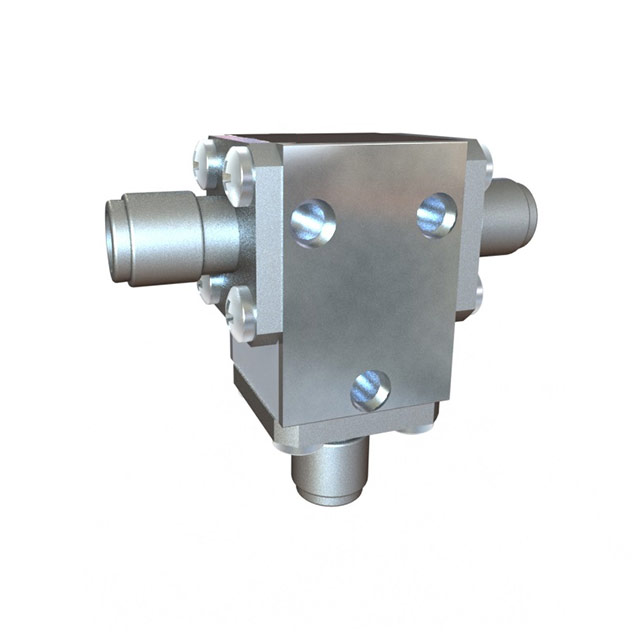

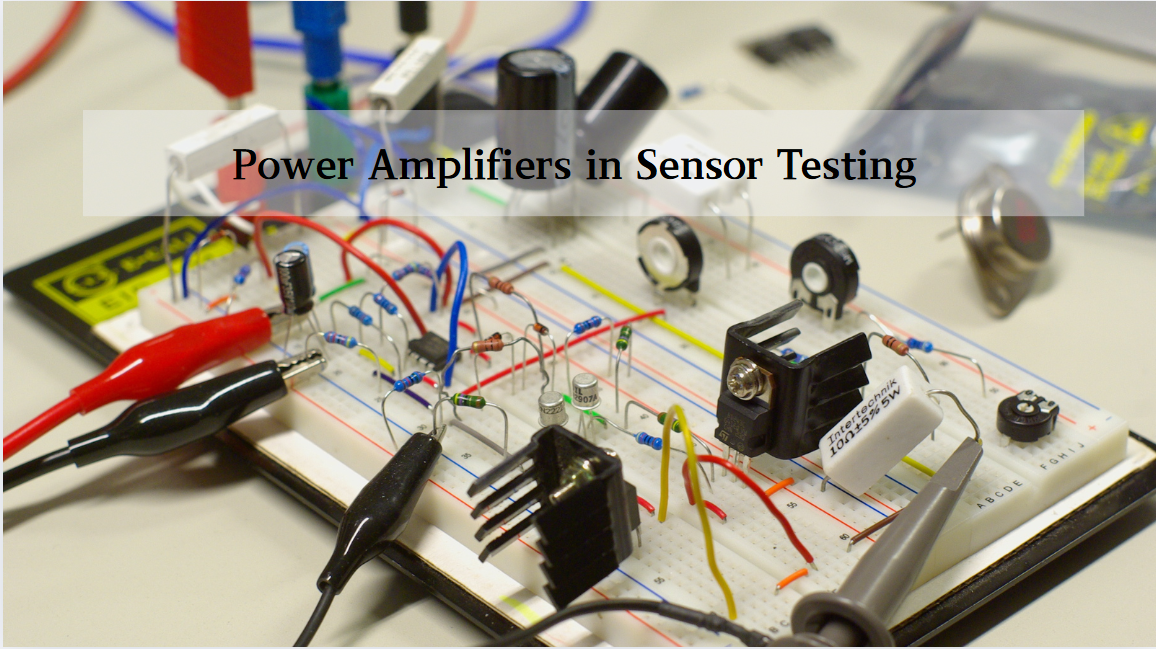
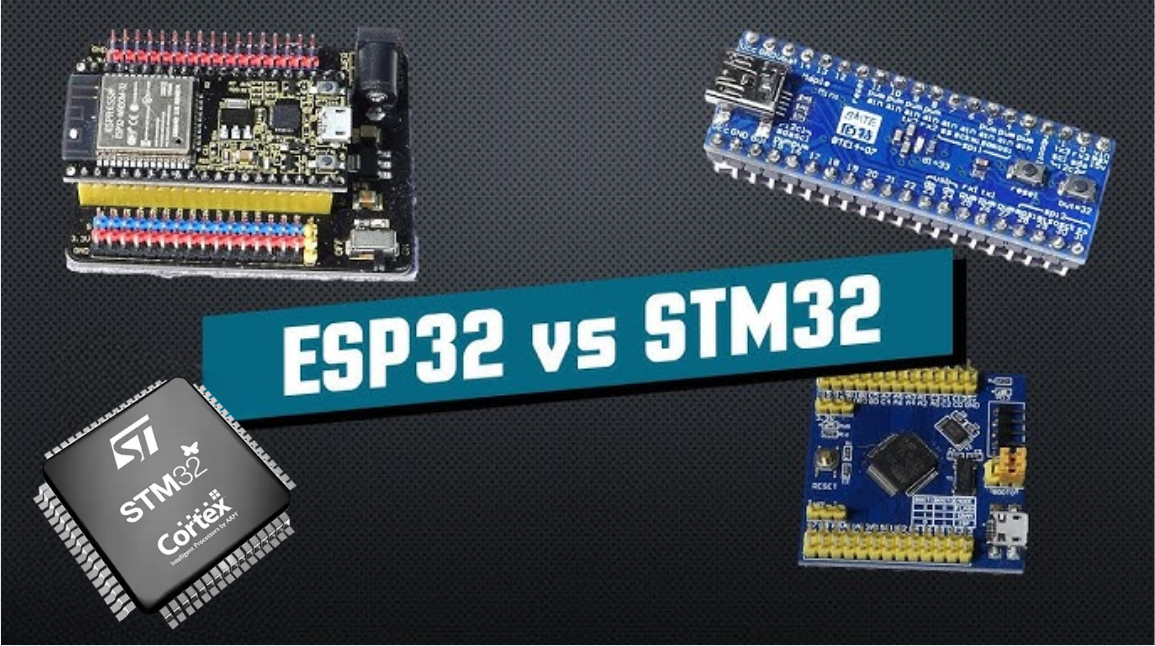
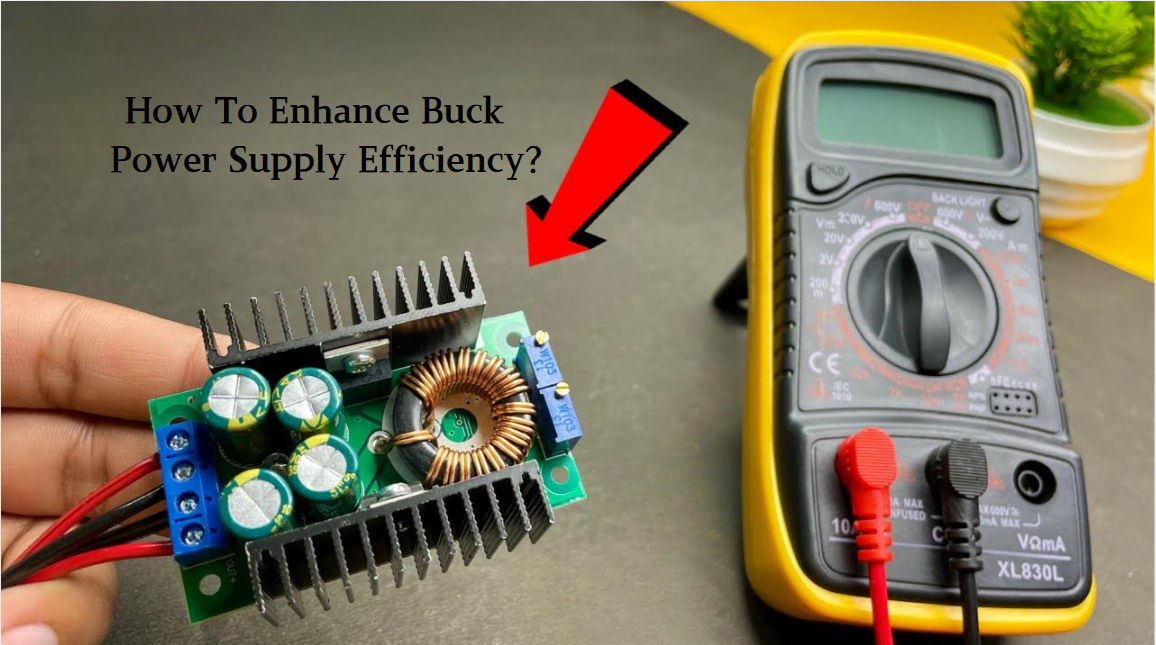






 Wishlist (0 Items)
Wishlist (0 Items)